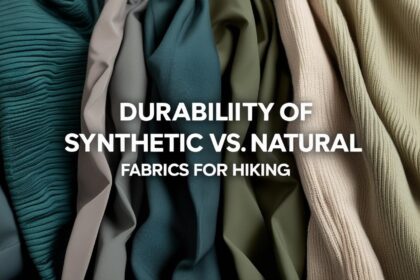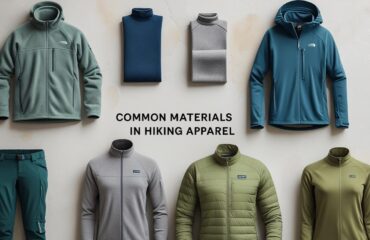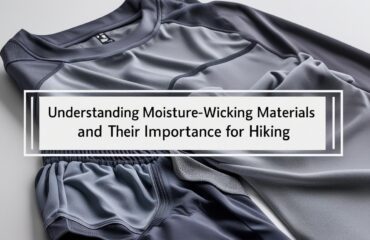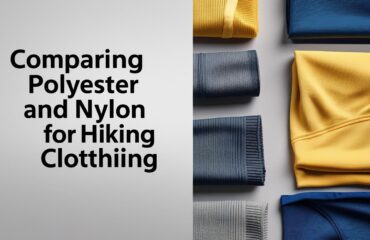Durability of Synthetic vs. Natural Fabrics for Hiking

When it comes to clothing, the fabric you choose plays a crucial role in comfort, performance, and, most importantly, durability. So, when you’re hitting the trails, which reigns supreme: synthetic or natural fabrics? Let’s break down the key differences to help you make the best choice for your next adventure.
The Strength of Synthetics
Synthetic fabrics, engineered for performance, often win the durability contest. Materials like nylon and polyester are specifically designed to withstand the rigors of the outdoors. Think about it: a sturdy pair of nylon hiking pants can shrug off abrasions from thorny bushes and rough rock faces, providing long-lasting protection on challenging terrains.
The secret lies in their construction. Synthetic fibers are created to be strong and resistant to wear and tear. Many are also treated with special coatings to enhance their water resistance and overall durability, making them ideal for unpredictable weather conditions. This means your synthetic gear can handle more abuse and last longer, saving you money in the long run.
The Natural Fabric Factor
Natural fabrics, like cotton and merino wool, offer undeniable comfort and breathability. However, when it comes to durability, they often fall short compared to their synthetic counterparts.
Merino wool, while excellent for temperature regulation and moisture-wicking, can wear out faster, especially under the strain of rigorous activity. This can be a concern for frequent hikers who regularly encounter rough terrain. Cotton, on the other hand, is particularly vulnerable. It absorbs moisture, which can lead to discomfort and chafing, and it degrades more easily when exposed to harsh outdoor elements. Imagine cotton pants snagging and tearing on a rocky outcrop – not ideal!
Finding the Right Balance
While synthetics generally offer superior durability, natural fabrics still have their place. Cotton can be comfortable for light, casual walks in temperate weather. Merino wool is a great option as a base layer in cooler conditions, providing warmth and breathability.
Ultimately, the best choice depends on the specific demands of your hiking activity. For strenuous hikes in challenging environments, prioritizing synthetic options is a smart move. Their enhanced durability and resistance to the elements will keep you protected and comfortable for the long haul.
Making the Informed Choice
Choosing the right fabric for your hiking apparel is an investment in your comfort and safety. By understanding the strengths and weaknesses of both synthetic and natural fabrics, you can make informed decisions that will enhance your outdoor experiences for years to come.




